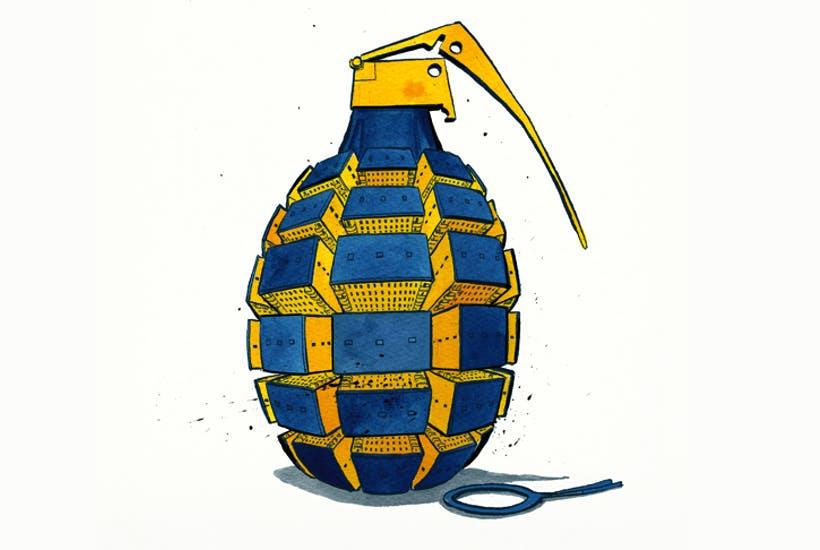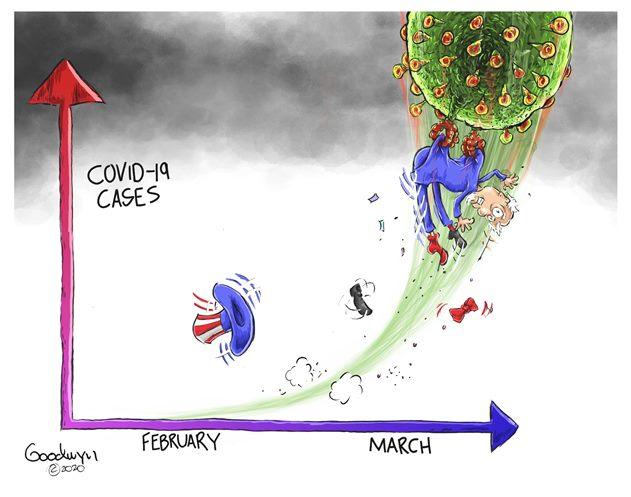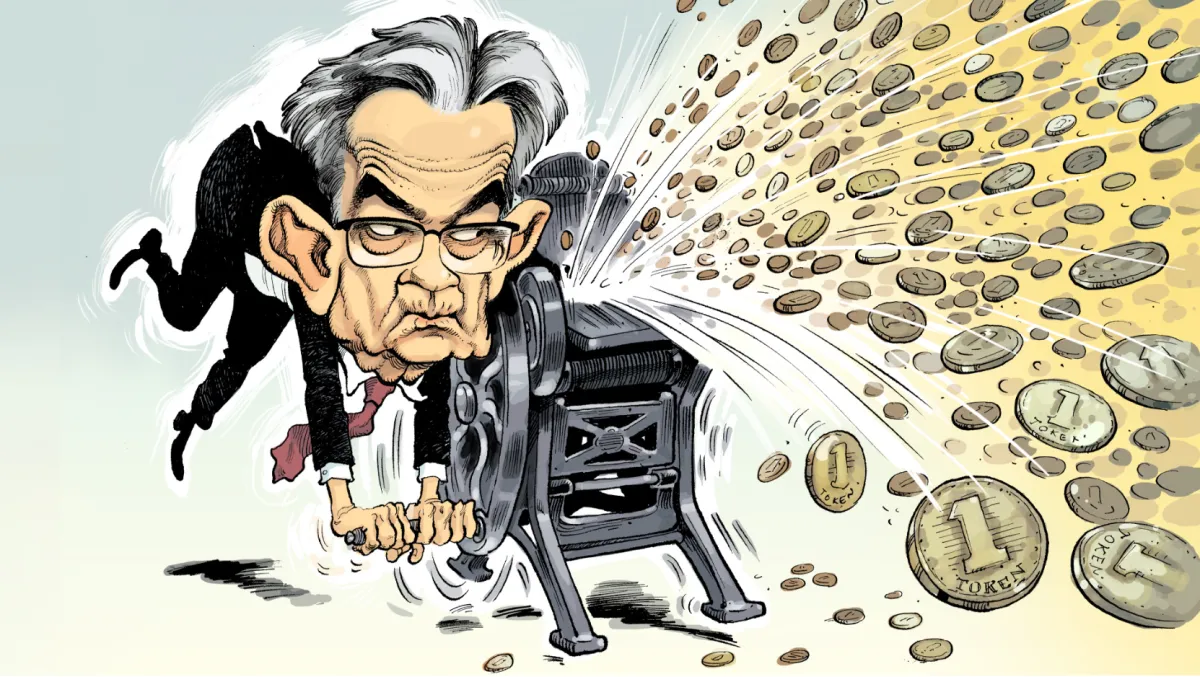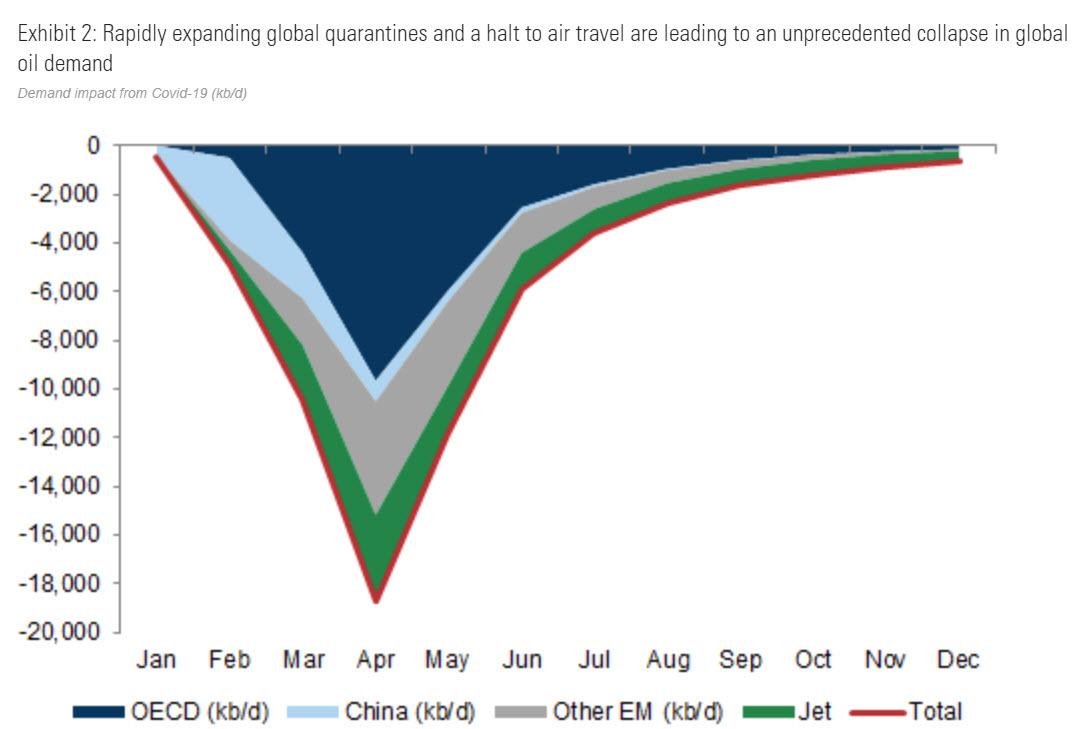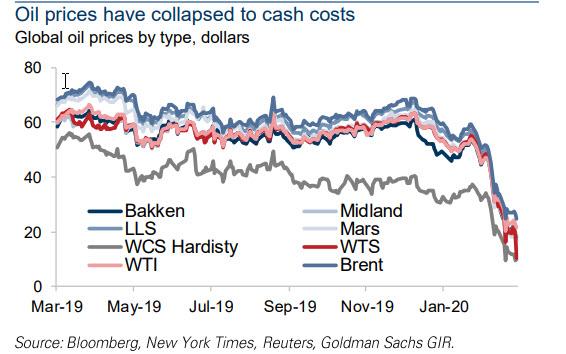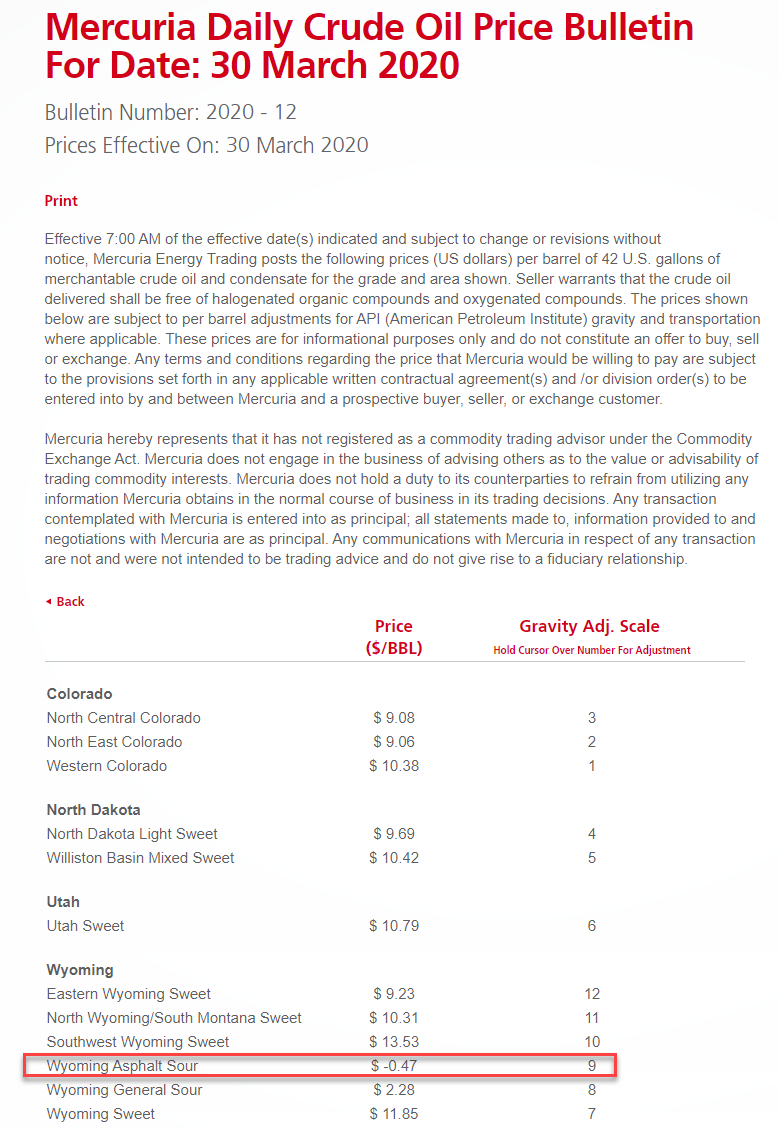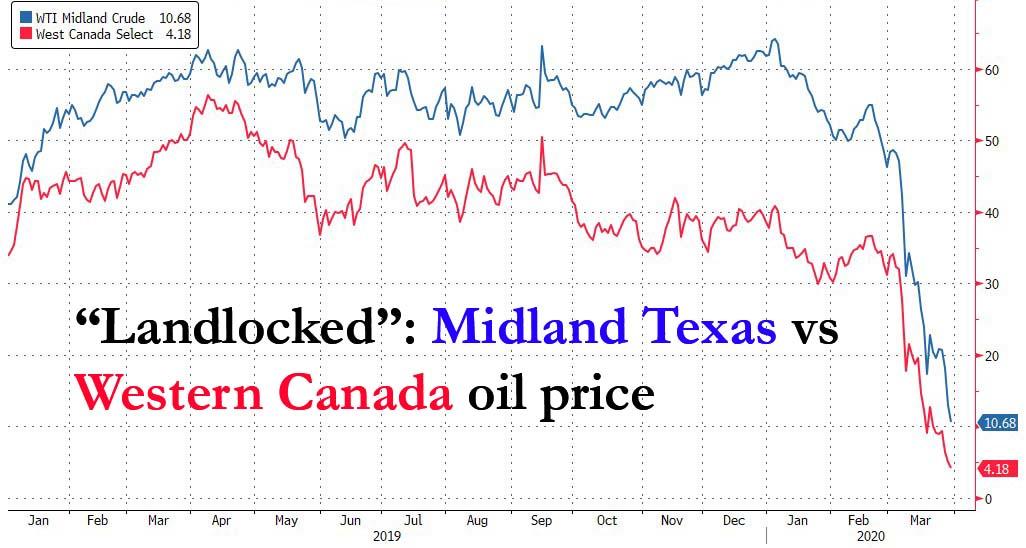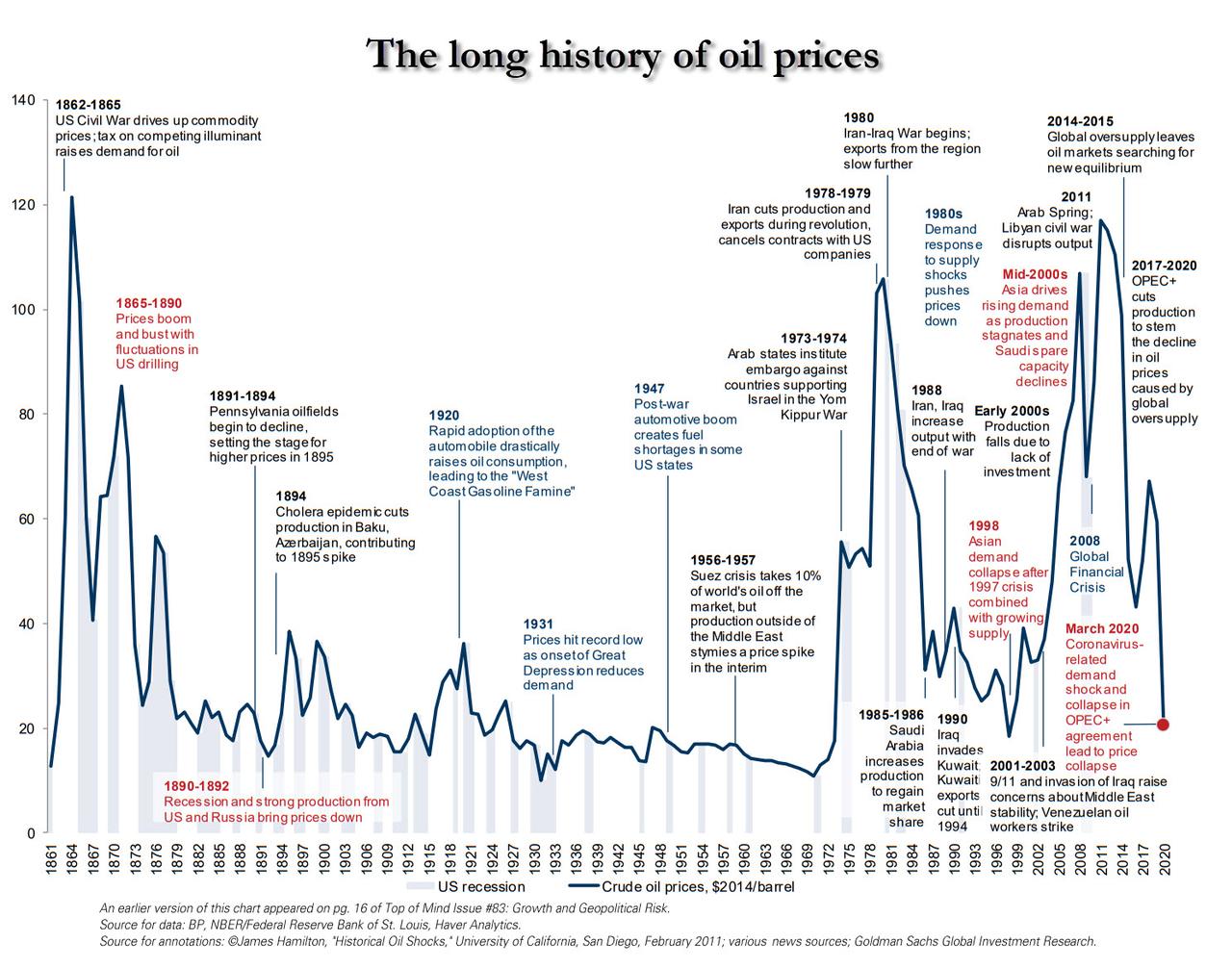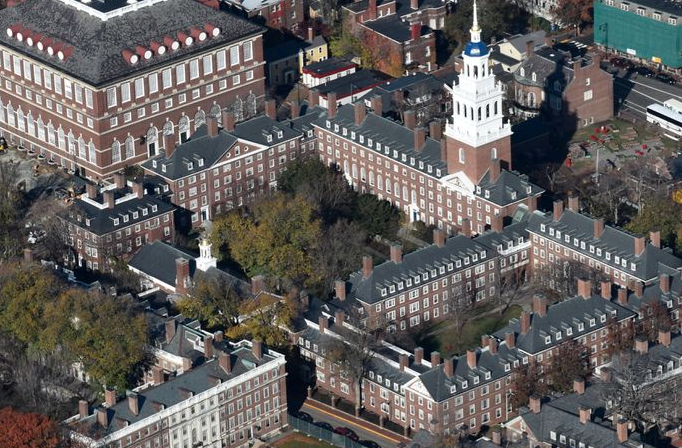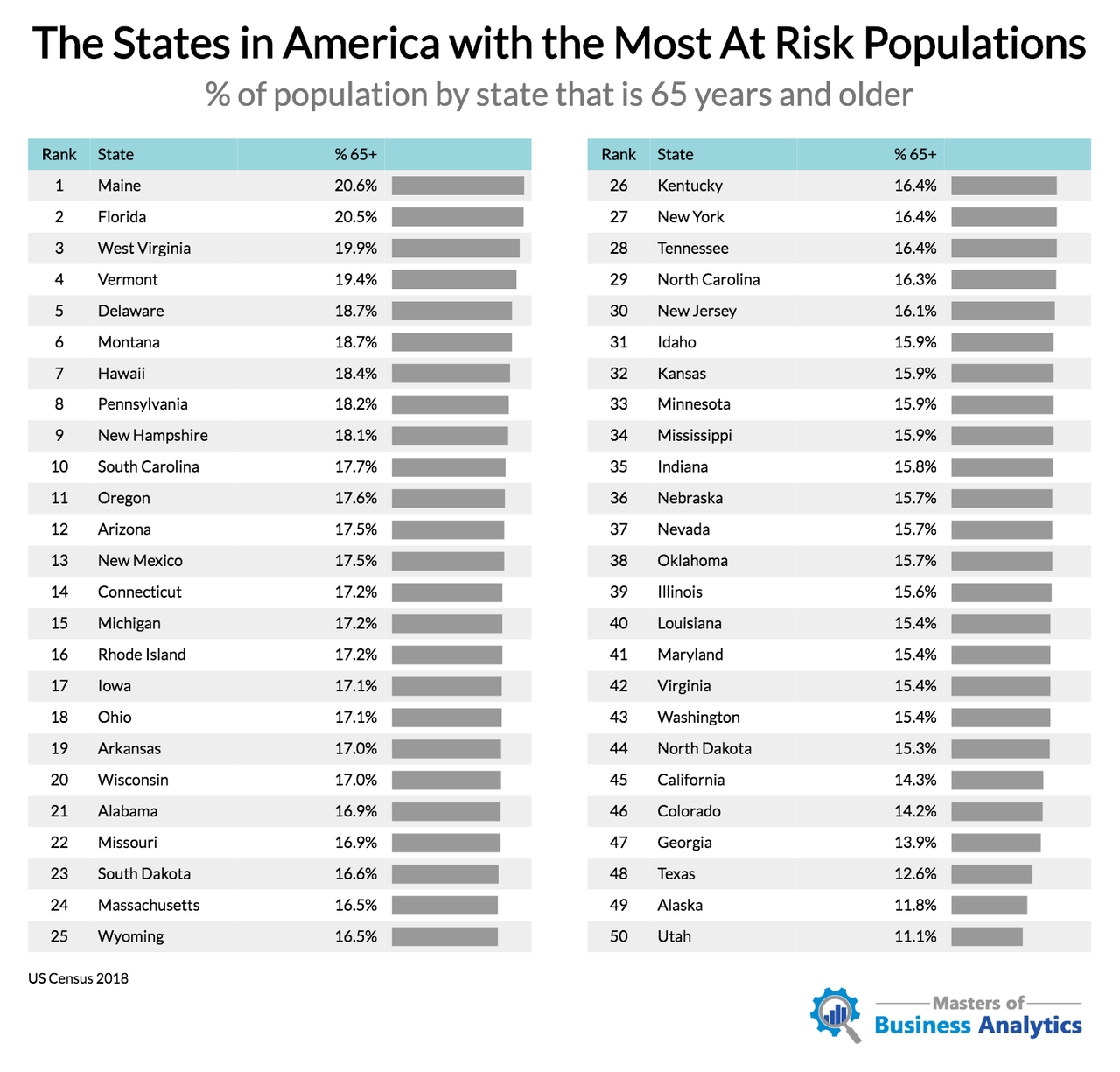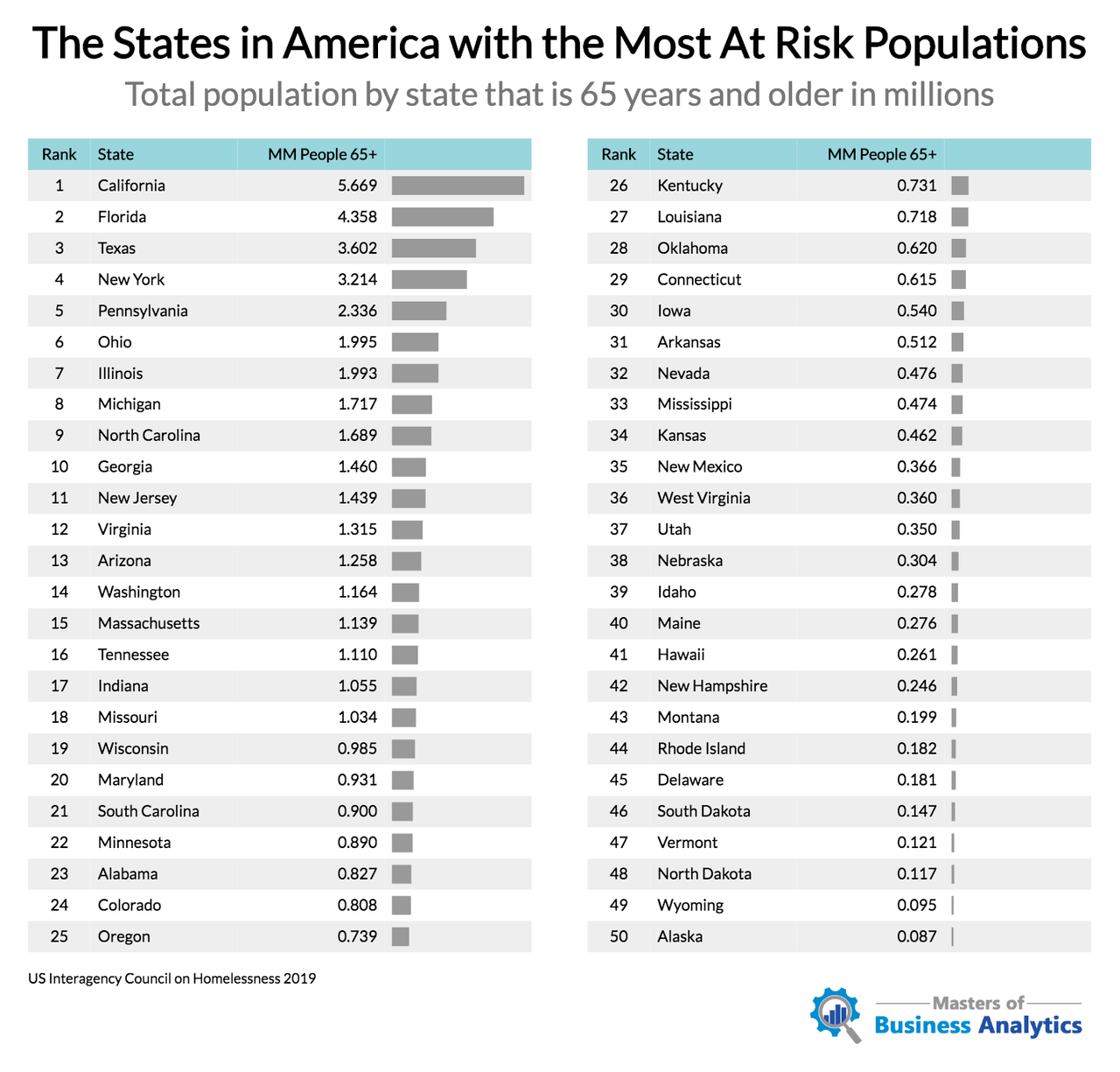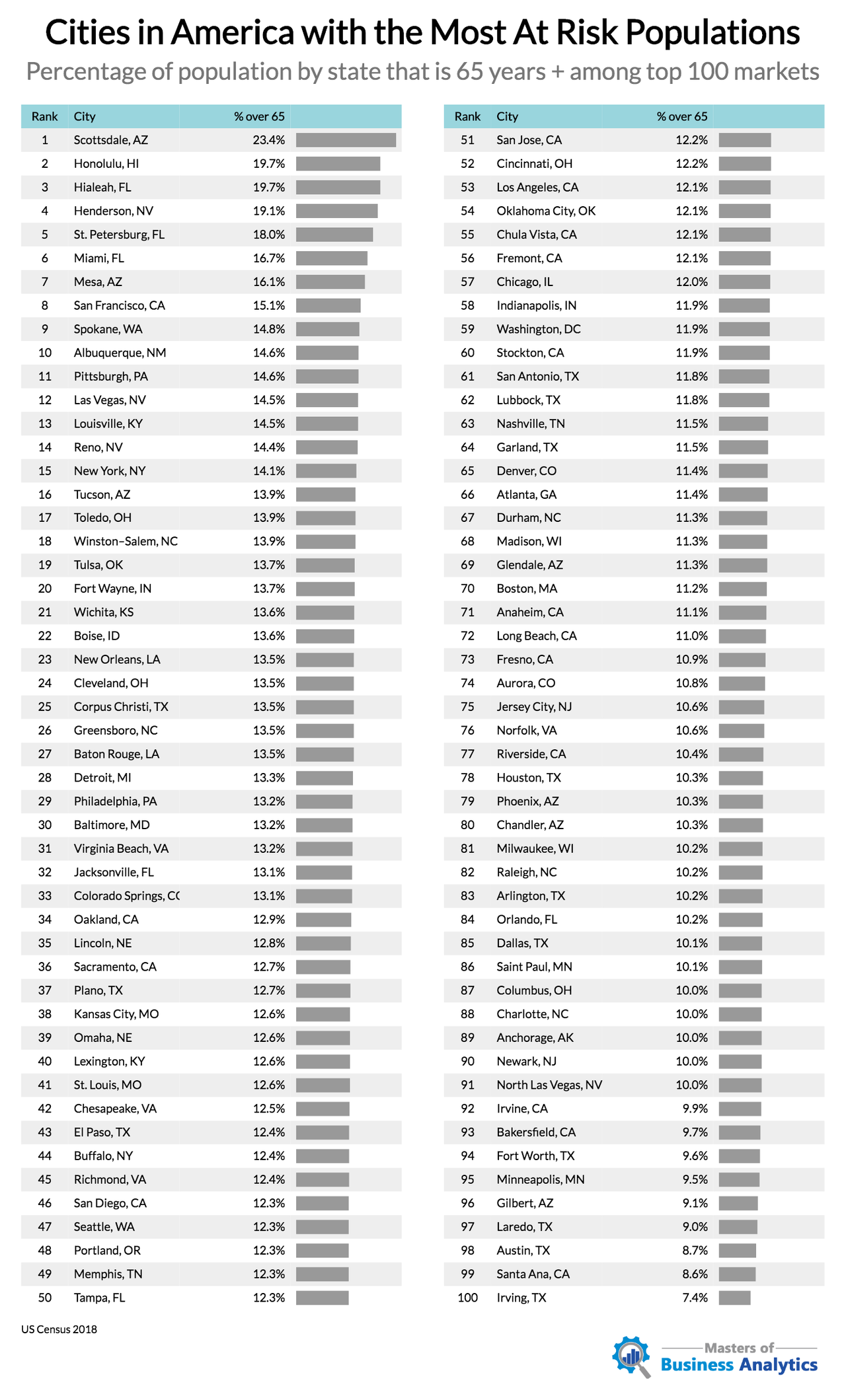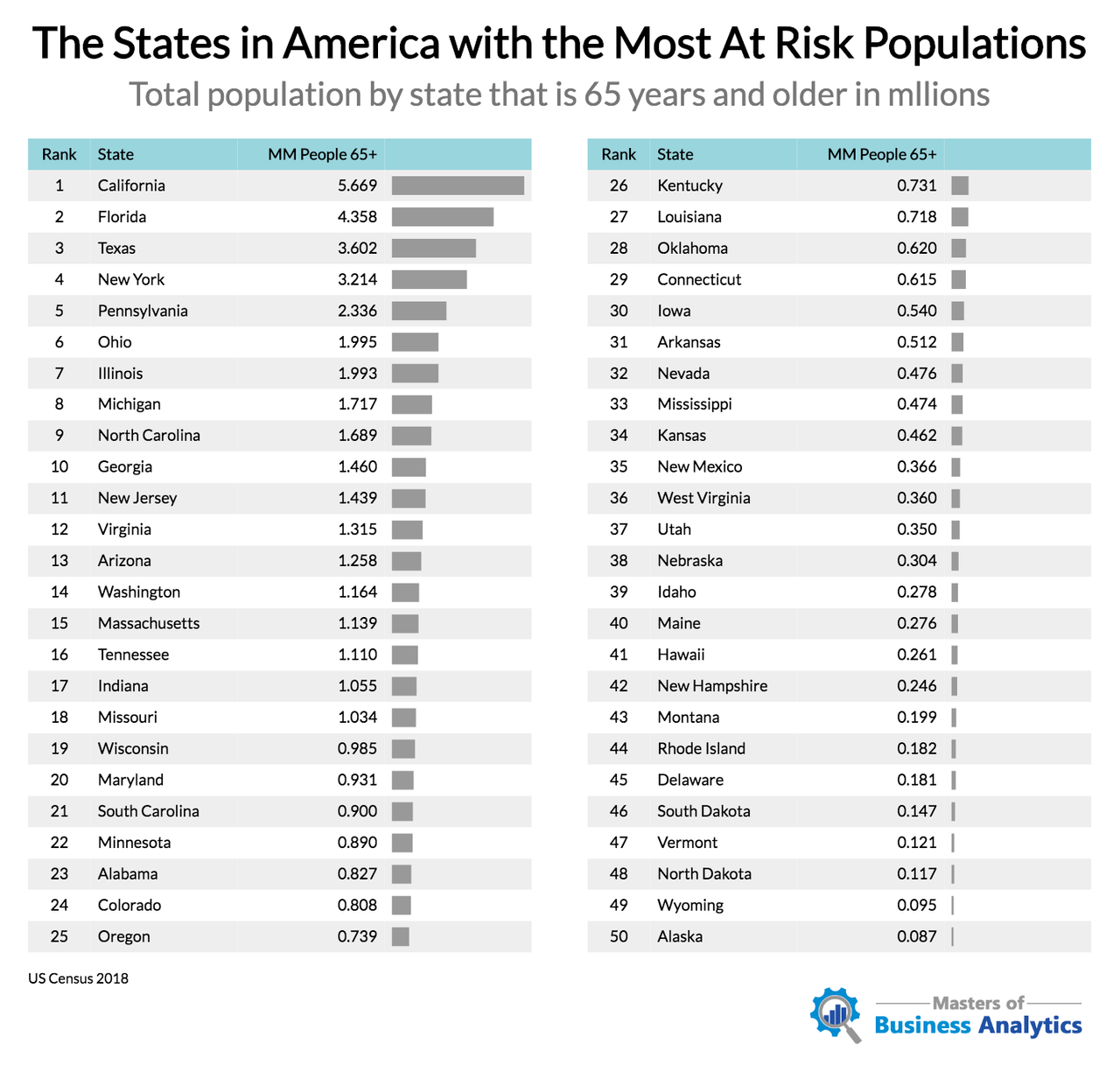Sweden: Culture Of Silence
Authored by Judith Bergman via The Gatestone Institute,
A recent report published by Linköping University about the Swedish National Council for Crime Prevention (Brå), “Can Brå be trusted?” has claimed that Brå’s reports are politically biased.
According to Brå’s own website, “Brå is an agency under the auspices of the Ministry of Justice and a knowledge centre for the criminal justice system. The agency’s mandate is to contribute to the development of knowledge within the criminal justice system and the criminal policy area, as well as to promote crime prevention work. Brå is responsible for the official criminal statistics and other statistics, which includes producing, following, analysing, and reporting on criminality and the criminal justice system’s responses to crime”.
It is therefore crucial that Brå fulfill its obligations in a factual and objective manner, not least in the current environment, when Sweden is experiencing a veritable crime wave, including shootings, bombings and other gang-inspired violence that some commentators have likened to “war”.
According to the Linköping University report, the results of which were based primarily on interviews with former and current employees and managers of Brå, in addition to a number of former police chiefs and ministers of justice, Brå’s work is politically biased due to political pressure from the Ministry of Justice as well as the management of Brå. The report states:
“For example, a former employee said that he, together with the Director-General [of Brå] was called to the Ministry of Justice for a conversation with the requirement of a report to be ‘corrected’. The report consisted of an evaluation of a government proposal, concluding that the proposals were harmful. The interviewee realized that the conclusions would be politically unpopular, but had nevertheless written them… Other former employees have pointed out that it was clear that there were political reasons why they were pressured to change content in reports even though these researchers were not called to the Ministry… One employee reported, among other things, that a director-general expressed that ‘there is a reality and a political reality’ when the director-general demanded that an employee change a report…”
The Linköping University report goes on to say:
“Interviews show that adaptation of content in reports has taken place in different ways. A former employee made the following summary: ‘If results were not liked then censorship was used, correction of results, toning down results and highlighting other parts of [the] study that were not so sensitive or that could show positive results'”.
Another employee said:
“After I was hired at Brå, it didn’t take me long to realize that working at Brå is a big challenge. As an employee of Brå, you have to write and think in a certain way. Brå is extremely controlled from the top. There are some people at Brå who run [the organization] with an iron hand. If one were to be a little harsh then one could liken it to a sect. I don’t think they really understand what kind of culture they have created“.
The Linköping report states that there appears to be a culture of silence by which is meant, “norms that create silence among employees, when they do not dare to bring up certain viewpoints, questions or criticism, whether internal or external”.
Ironically, this culture of silence has been symptomatic of Swedish society, where most have been afraid to speak publicly about the problems caused by unfettered migration for fear of being ostracized.
The report also found that Brå appears to strive to hire employees that will “act as obedient bureaucrats at an authority, rather than people who have accepted a researcher’s role”.
The report has caused consternation in Sweden. The Swedish Parliament’s judicial committee has now invited the authors of the report, as well as the general director, to their next meeting. Johan Forsell, the legal spokesman of the Moderate party, said:
“Very serious allegations and accusations are made in the report. Brå is, after all, an expert authority that is supposed to deliver facts that objectively reflect society. We need, quite simply, to get to the bottom of this… Regardless of when it happened and under what political color, the very suspicion of influence is serious enough. But that responsibility now falls on Justice Minister Morgan Johansson”.
Meanwhile, Sweden continues its downward spiral. Last year there were 257 reports of explosions — including attempted explosions — an increase of 59% compared to 2018, according to SVT Nyheter. Yet, only seven people were convicted for any of those 257 crimes. In 2020, at least 10 explosions have already taken place.
According to Stefan Hector, head of the National Operative Unit (NOA):
“Earlier we saw that hand grenades were used. Now we see how homemade explosives are used instead as weapons in conflicts. Either to injure or to terrorize but with a new ruthlessness where they bomb wherever the public is without caring that the public might get hurt”.
According to SVT News, the police and other authorities “do not know” where all the explosives come from. “The issue of explosives as weapons in conflicts is relatively new. This means that we have considerable uncertainty as to where the parts for the explosive charges come from”, Hector said.
“Unless the integration of the newcomers succeeds better, in the long run, the social glue that makes a democratic welfare society of our kind possible risks being torn apart”, professor in political science at the University of Uppsala, Tommy Möller, recently wrote in an op-ed.
Gatestone Institute has described the serious economic, welfare, crime and other challenges that Swedish society now faces as a result of migration into the country, for example here, here, here, here and here.
One issue that Swedish figures of authority are now admitting to having neglected over the years is anti-Semitism. Municipal managers in Malmö, for instance, Sweden’s third-largest city, where immigrants constitute one-third of the population, now say that it took a long time before they “saw the extent” of the problem. Anders Rubin was school council member of the Malmö municipality from 2013 to 2018. “Many students who have a background in the Middle East, and in several Muslim countries, have notions of Jews that are not at all compatible with democratic values,” he told Sydsvenskan recently. He also confessed that the municipality had not taken the complaints of its Jewish citizens seriously. According to Sydsvenskan:
“Anders Rubin says he and the other leading Social Democrats initially underestimated the alarm from the city’s Jews about a growing amount of threats and harassment. He describes it as the municipality management having had their ‘guards down’.”
“It was not felt that there was an established anti-Semitic attitude more than in extremely peripheral right-wing groups. I think we understood that the problem was marginal” admitted Rubin to Sydsvenskan. The newspaper also recounts how in 2009, Malmö’s then-mayor, Ilmar Reepalu, responded to attacks on a Jewish demonstration by saying that Swedish Jews ought to distance themselves from Israel.
“It was only when we began to realize that in some of our immigrant groups there were ideas that were problematic, that we realized that we were forced to do something”, Rubin said. He said there are probably limits to what municipal authorities can do about anti-Semitism.
“To think that we could achieve the frictionless city is a utopia. In such a diversified city as Malmö, one cannot change those types of attitudes by coming from the top and being forceful and telling people what to think. Somehow, it is extremely difficult to drive this down to a municipal political level. I think it is a complicated question, how we as representatives of the majority society should act to influence the attitudes of minorities. It easily becomes counterproductive”.
Perhaps unwittingly, Rubin made a crucial point here: namely, that for years authorities swept serious problems related to migration under the rug, making them taboo and then vilifying those who dared to talk about them in public. The Linköping University report about the culture at Brå, sadly, exposed this pattern.
Tyler Durden
Wed, 04/01/2020 – 02:00
via ZeroHedge News https://ift.tt/3470oU3 Tyler Durden
